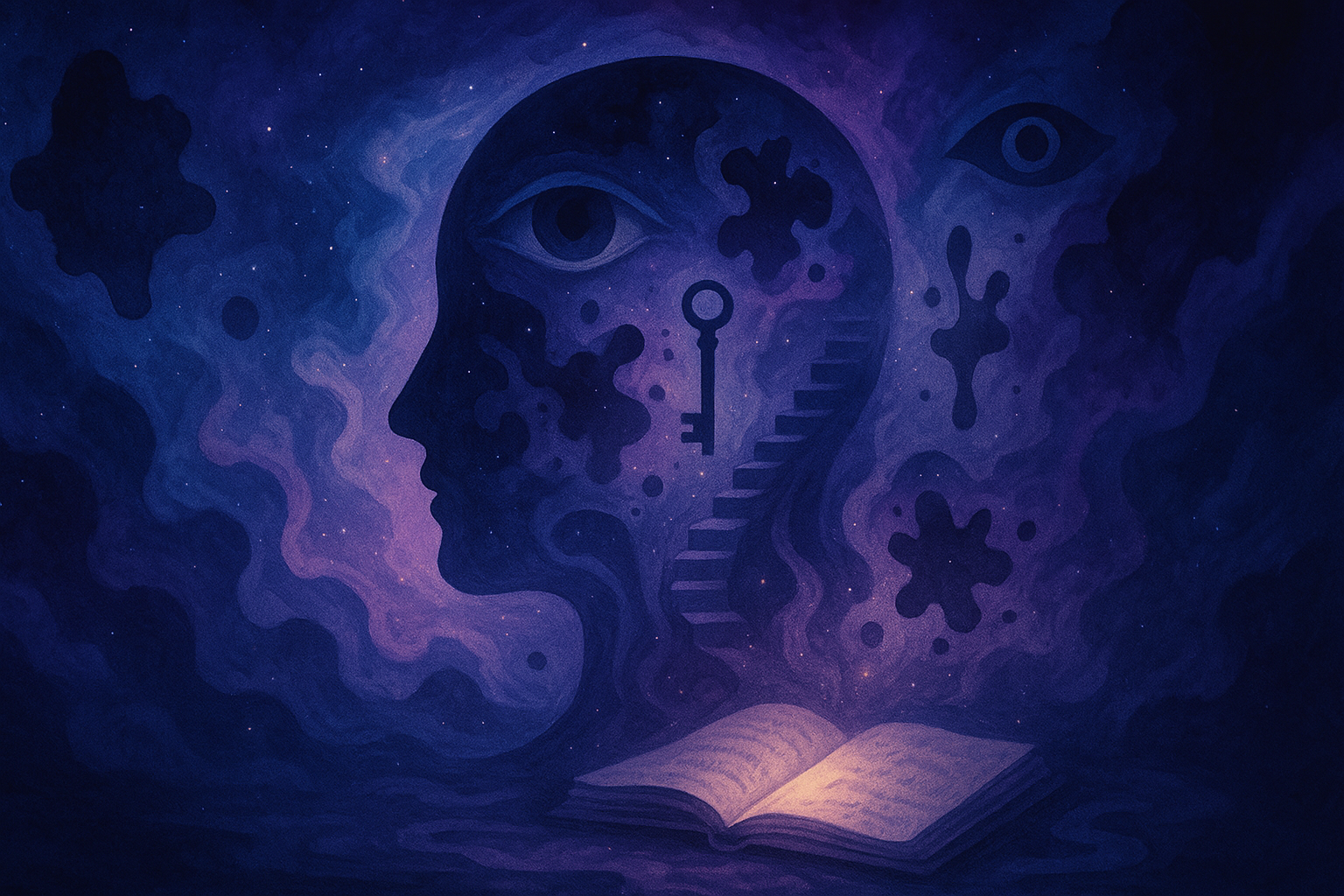The Science of Dreams: What Happens in Your Brain While You Sleep

The Enduring Mystery of Dreaming
Despite over a century of scientific investigation, dreaming remains one of the most fascinating mysteries of human cognition. Every night as we sleep, our minds create vivid experiences—sometimes fantastical, sometimes mundane—that feel real while we're immersed in them, yet often evaporate upon waking. What purpose do these nighttime narratives serve? How does our brain generate them? And what can they tell us about consciousness itself?
The Evolution of Dream Research
The scientific study of dreaming has evolved through several distinct phases:
Early Psychological Approaches
The first experimental investigations focused primarily on dream content and frequency. Researchers collected dream reports and analyzed patterns, themes, and emotional qualities. This early work laid important groundwork but lacked the neurological context we now understand is crucial.
The Neuroscientific Revolution
The late 1950s marked a turning point with the discovery of rapid eye movement (REM) sleep—a distinct physiological state associated with vivid dreaming. For several decades, scientists believed they had found the biological substrate of dreaming, with REM sleep serving as a reliable indicator of when dreams occurred.
Contemporary Challenges
Fifty years after the REM sleep discovery, researchers have had to refine their understanding. While REM sleep and dreaming are closely connected, the relationship isn't as straightforward as initially thought. Dreams can occur during non-REM sleep stages, and some REM periods don't produce remembered dreams. This has led to a more nuanced approach examining the neurophysiological correlates of dream experiences.
Key Questions in Modern Dream Science
Today's dream researchers are investigating several fundamental questions:
-
Dream Generation: Do the representations that constitute dreams emerge randomly from brain activity, or do they surface according to specific parameters?
-
Dream Organization: Is the structure of dream content chaotic or determined by underlying rules?
-
Dream Function: Do dreams serve essential functions for cognition, memory, or emotional processing?
-
Dream Consciousness: How does dreaming relate to waking consciousness, and what can this tell us about consciousness itself?
The Neuroscience Behind Dreams
Modern neuroimaging and electrophysiological studies have revealed fascinating insights about the dreaming brain:
-
Brain Activation Patterns: During REM sleep, there is increased activity in the visual cortex, motor regions, emotional processing centers (like the amygdala), and parts of the limbic system, while the prefrontal cortex (responsible for logical reasoning) shows reduced activity.
-
Memory Systems: Dreams appear to engage mechanisms involved in emotional memory processing, potentially helping consolidate important experiences and regulate emotional responses.
-
Default Mode Network: Some research suggests the brain's default mode network—active during mind-wandering and self-referential thinking—plays a role in dream generation.
Theories of Dream Function
Several theories attempt to explain why we dream:
Memory Consolidation
Dreams may help strengthen newly formed memories, reorganizing them for long-term storage and integration with existing knowledge. This process appears particularly important for emotional memories.
Emotional Regulation
By simulating threatening or challenging scenarios in a safe context, dreams might help us process difficult emotions and prepare for future situations.
Cognitive Problem-Solving
Dream states may facilitate creative connections between seemingly unrelated ideas, potentially helping solve problems that eluded resolution during waking hours.
Threat Simulation
From an evolutionary perspective, dreams might function as a virtual reality simulator, allowing us to practice responses to potential dangers without real-world risks.
Clinical Applications of Dream Research
Understanding dreams has important implications for mental health and psychological well-being:
-
Trauma Processing: Dream content often reflects attempts to process traumatic experiences, with recurring nightmares potentially signaling unresolved trauma.
-
Depression and Anxiety: Changes in dream patterns can accompany mood disorders, sometimes serving as early indicators of developing conditions.
-
Therapeutic Applications: Some therapeutic approaches use dreams as windows into unconscious processes or as tools for psychological integration.
Future Directions in Dream Science
As technology advances, dream research continues to evolve:
-
Neural Decoding: Scientists are developing methods to "read" dream content from brain activity patterns during sleep.
-
Dream Engineering: Research into techniques for influencing dream content (through external stimuli or pre-sleep suggestions) shows promise for addressing nightmares and enhancing problem-solving.
-
Consciousness Studies: Dreams provide a unique model for studying consciousness independent of external sensory input, potentially offering insights into the nature of subjective experience.
Conclusion
While many questions about dreaming remain unanswered, modern research continues to illuminate this fascinating aspect of human experience. Dreams represent a unique intersection of neuroscience, psychology, and subjective experience—a frontier where the mechanisms of the mind reveal themselves in ways that continue to inspire both scientific investigation and human curiosity.
This article is based on research from "Experimental Research on Dreaming: State of the Art and Neuropsychoanalytic Perspectives" by Perrine M. Ruby (2011), published in Frontiers in Psychology and available through PubMed Central (PMC3220269). Used under CC BY license with attribution.
